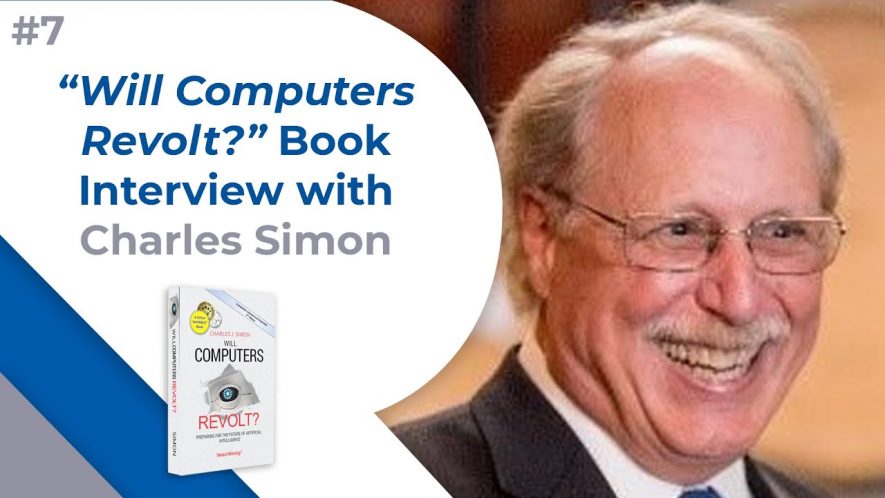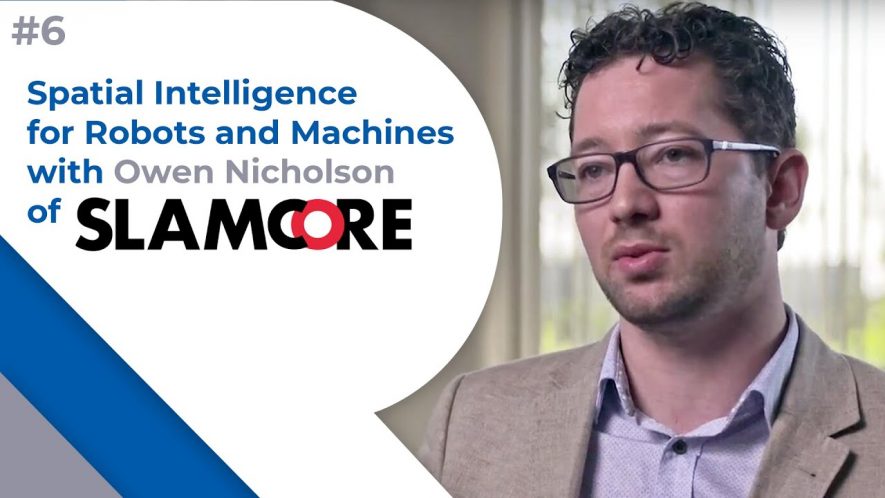Month: September 2021
-

Will Computers Revolt” – Book Interview with Charles Simon
Hi guys Philip English this from philipenglish.com. Welcome to the Robot Optimized Podcast where we talk about everything robotics related. For our next episode, we have Charles Simon who will talk about his book “Will Computers Revolt”. Philip English (00:14): Hi guys. Philip English here, also known as Robo Phil, robot and enthusiasts report on the…
-

SLAMCORE interview with Owen Nicholson
Hi guys, Philip English from philipenglish.com. Welcome to the Robot Optimized Podcast where we talk about everything robotics related. For our next episode, we have SLAMCORE led by Owen Nicholson who will talk about their leading software and robotics . https://youtu.be/gl0hiegQfcM Philip English (00:14): Hi guys, Philip English. I am a robotics enthusiast, reporting on the latest business application of…